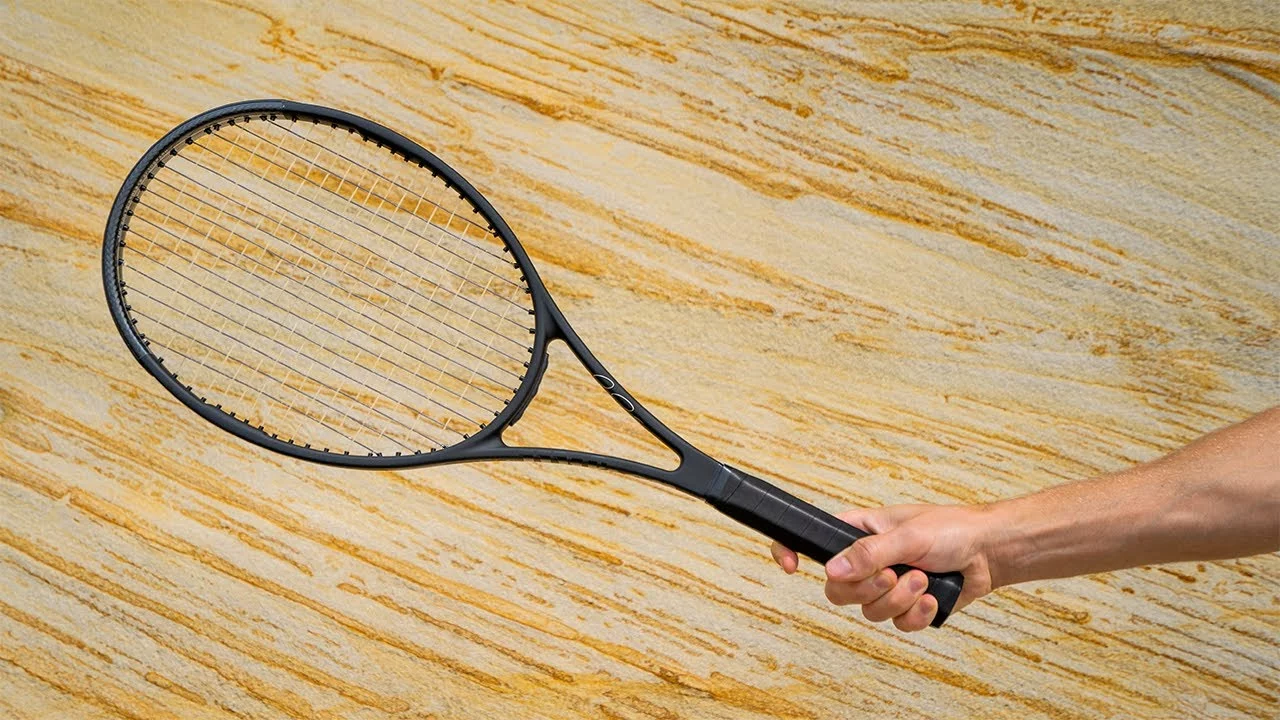Heavier Racket: Why It Matters and How to Choose
If you’ve tried a few rackets and still feel like you’re not getting enough punch, a heavier racket might be the answer. A heavier frame adds mass to every swing, which translates to more force hitting the ball. It also steadies the racket on off‑center hits, so mishits feel less “wobbly.” But the extra weight isn’t for everyone—let’s break down who benefits and how to find the sweet spot.
Why a Heavier Racket Feels Different
When you swing a heavier racket, your arm does more work, so the ball leaves the strings with more kinetic energy. This extra energy shows up as louder shots and deeper penetration on the court. The added mass also dampens vibrations, meaning you’ll feel less sting on the arm after a hard hit. That can be a lifesaver for players prone to tennis elbow.
On the flip side, a heavier racket slows down swing speed. If you rely on quick, snappy shots—think serve‑and‑volley or fast net play—you might lose a bit of reaction time. That’s why players with strong forearms and good overall fitness usually handle the weight better. Beginners often start light, then move up as their muscles adapt.
How to Pick the Right Weight
First, test a range. Most shops have demo rackets from 285 g up to 340 g. Hold each for a few minutes, hit a few balls, and notice how your arm feels. If you can maintain control without shaking, you’re probably in the right zone. A good rule of thumb: add 10‑15 g to your current racket if you want more power without sacrificing too much speed.
Second, consider balance. A head‑heavy racket puts more weight at the tip, boosting power on groundstrokes but can be harder to maneuver at the net. A more evenly balanced (or slightly head‑light) racket feels steadier on volleys while still giving extra mass compared to a light frame. Choose based on where you spend most of your time on court.
Third, look at your fitness level. If you do regular strength training, you can handle 320 g or more without fatigue. If you’re still building endurance, stay under 300 g and focus on technique to generate power. Remember, a racket that feels heavy now will feel lighter as your muscles adapt.
Lastly, match the string setup. Heavier frames pair well with thicker strings (e.g., 1.30 mm) because they keep tension stable. If you run a thin, low‑tension string bed, the extra racket weight might feel too stiff. Adjusting string tension by a few pounds can fine‑tune the feel.
In practice, many intermediate players switch from a 285 g “all‑round” racket to a 310‑320 g model to add power on their forehand. Pros who rely on massive serves often use rackets over 340 g, but they have years of conditioning behind them.
Bottom line: a heavier racket can give you more power, better stability, and less arm strain—if you’re strong enough to swing it comfortably. Test a few, watch your balance, and match the string combo. When the feel clicks, you’ll notice louder shots and steadier control without a big technique overhaul.
